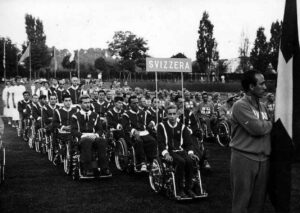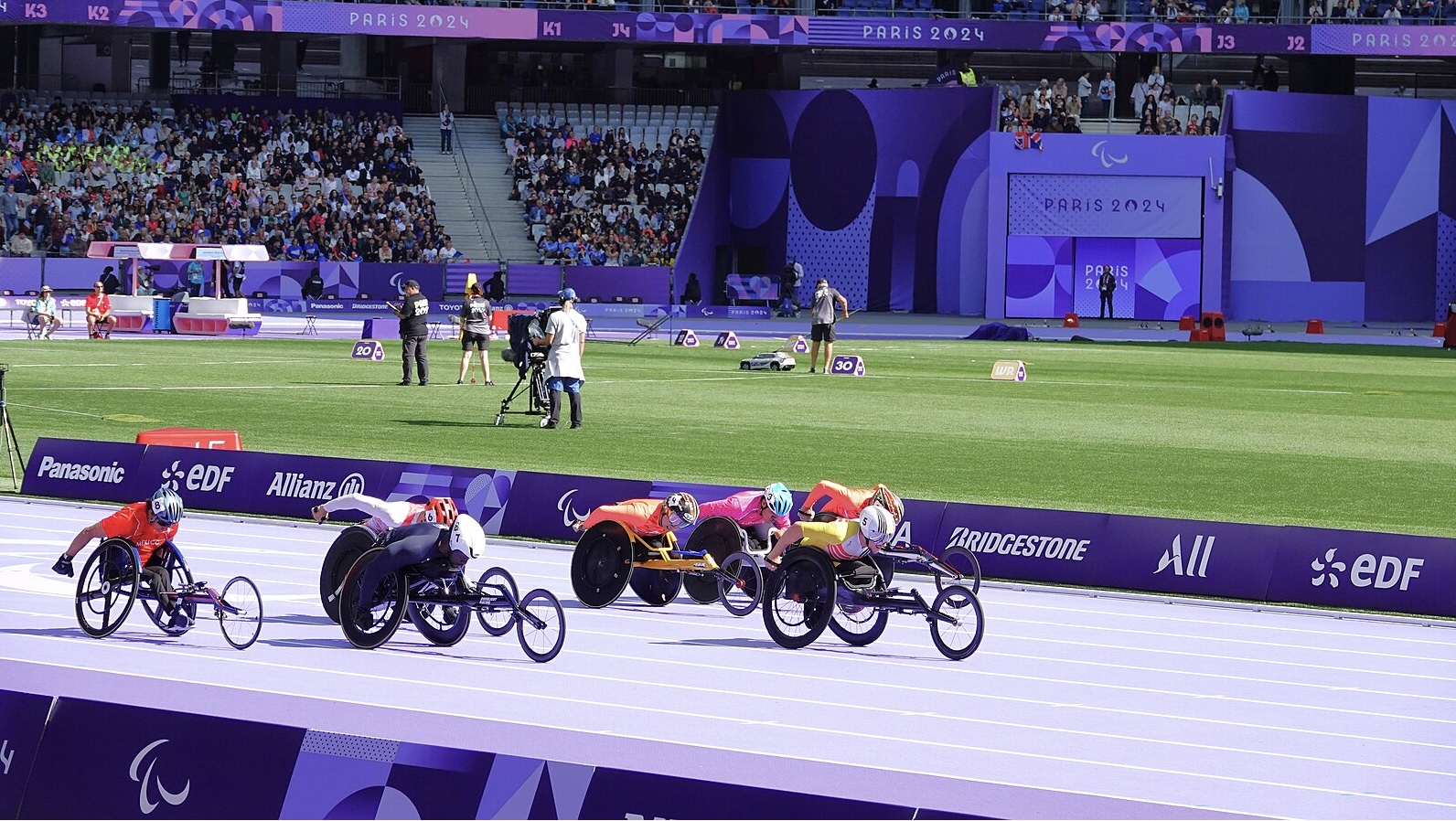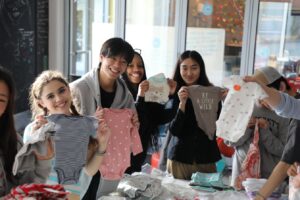As the highly-viewed 2024 Paralympics came to an end on September 8th, a renewed focus has been turned to the ways that certain institutions—including the California Interscholastic Federation and the nonprofit Brady Riding, based in San Francisco—can support athletes with physical and intellectual disabilities.
In 1960, the Paralympic Games debuted in Rome, Italy, with over four hundred athletes from twenty-three different countries. In September of 1989, the International Paralympic Committee (IPC) was founded in Dusseldorf, Germany, to act as the official governing body of the Paralympic Movement. Since then, the Paralympics have slowly increased the number of physical, intellectual, or vision-related impairments that athletes can be classified under.

Today, the Paralympics is the third biggest sporting event in the world in terms of ticket sales, behind the Olympics and FIFA World Cup. This year, across NBC, Peacock, USA Network, CNBC and Telemundo, the Paris Paralympics reached a record 15.4 total million viewers.
As adult para-athletes continue to gain support, a renewed focus has been turned to how para-athletics can be accessible to youth looking to compete at a high level.
In November 2016, the California Interscholastic Federation (CIF) officially partnered with the U.S. Special Olympics, U.S. Paralympics and the California Department of Education to provide opportunities for disabled student-athletes to fully participate in high school athletics. “Athletes come in all shapes, sizes and abilities,” Erica Escalante, Associate Director of Athletics at Lick-Wilmerding High School, said as she reflected on how important this move by the CIF was.
At her old school, Moreau Catholic, Escalante worked with a swimmer named Anaiss Arreola who had no use of her legs. Afterschool, she would practice with the rest of the team. But through the CIF program, Anaiss was able to compete against other disabled swimmers at State Championships four years in a row—and win each time.
While CIF helps athletes compete competitively, a number of local organizations are working to help disabled youth seeking to grow through sports. One such organization is Brady Riding, whose mission is to help children with physical or intellectual disabilities improve their confidence, muscle strength, and postural control, among other things, through horse care and horse-riding.

The organization was founded in San Francisco in 1987 by Hugh and Melba Meakin, who were inspired by Melba’s great-aunt, Laura. A school-teacher, Laura recognized that many children with special needs were being institutionalized without consent. Recognizing there was a need for alternatives, Laura would host these kids on her farm and teach them life skills through the care of horses and other animals.
Luckily, the involuntary institutionalization of those with disabilities was prohibited in the 1999 case Olmstead v. L.C. However, this population continues to be marginalized. According to Sarah Meakin, the organization’s current Director, Brady Riding seeks to follow in the footsteps of Laura by offering opportunities to kids that might not traditionally receive them.
One participant of Brady Riding is JH (whose mother asked that only his initials be used), a young man that has autism, intellectual disability, and hypotonia, a condition that causes low muscle tone. Due to behavioral issues, doctors recommended JH practice sports in addition to physical therapy.
At Brady Riding, JH has done adaptive horse-riding lessons that are tailored to his specific needs. In addition to Brady Riding, JH has competed in track and field through the Special Olympics, an organization whose Northern California chapter serves more than 31,000 youth and adults with intellectual disabilities. According to Cathy, JH’s mom, through these various programs, JH has been able to gain physical strength as well as practice his social skills.
While progress has been made, barriers remain for people with disabilities who want to enjoy all the benefits that sports provide. According to Escalante, there continue to be locker rooms, gyms, tracks and pools around the country that are not compliant with the accessibility guidelines of the Americans with Disabilities Act. As written by the National Library of Medicine, many disabled people still do not participate in sport due to limited resources and the fear of being judged.
For para-athletes and allies, there is a lot to celebrate—and a whole lot more work to be done.






